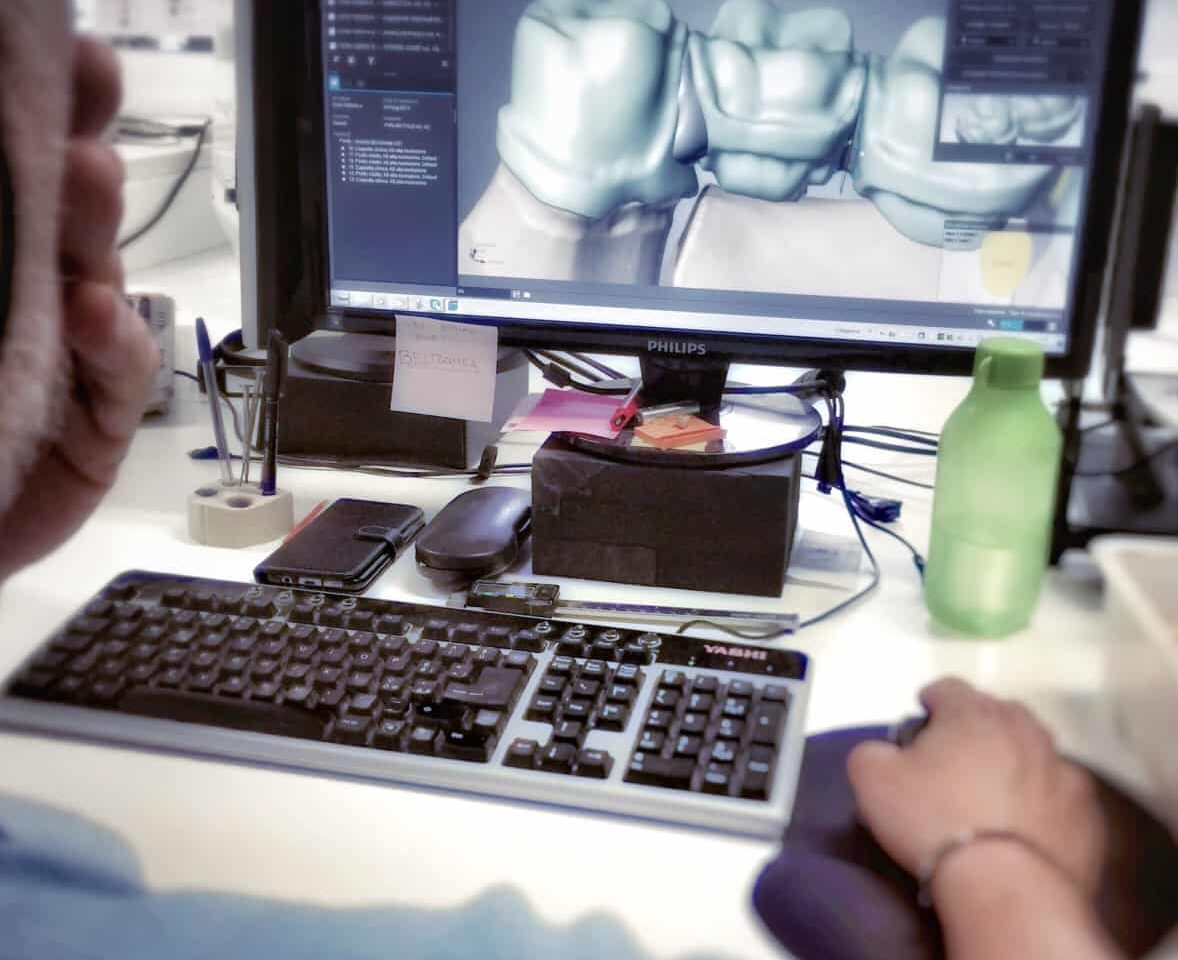In 2025, the orthodontic industry in the United States is expected to grow by 10%. This trend is partly due to increasing healthcare access and technology changes. The aging population will also be a significant driving force of this growth, as people over 50 have 3x more risk for tooth decay than those under 18. In addition, with higher incomes comes greater access to modern orthodontic care, most notably through online channels or mobile apps. This article will look at the top 7 trends in 2025.
1. Orthodontic Appliances Will Be More Affordable
Orthodontics is no longer considered a high-end service in the United States, as shown by the number of people who have used this form of treatment. For example, over 40% of children have undergone orthodontic treatment by age 17.
Furthermore, the average cost for an orthodontic appliance is less than $2000, and prices are expected to decrease. This is because there is a massive rise in the number of orthodontists opening their practices. With more options, dentists can offer lower prices and even financing for their patients while still getting the same quality of service.
2. Increased Use of Technology
As mentioned above, the use of technology is increasing in the orthodontic industry. This is due to lower costs and a higher level of security. Orthodontic care providers have used various online methods for appointment scheduling, training their employees, and even managing patient treatment information over time.
In 2025, the use of technology will be further expanded to include efficient software for 3D treatments and mobile apps for orthodontic patients. Also, adopting the “Internet of Things” (IoT) will allow the integration of electronic devices into orthodontic care. This will help create a seamless experience among patients and doctors, including remote checkups and instant notifications.
3. Implant Industry Will be the Main Growth Factor
In the past few years, much discussion has been about the need for orthodontic implants. However, with a cost of about $3000 and a long recovery time, it was not until recently that implant dentistry became available for orthodontic patients.
More than 20% of patients have had implants placed within the last five years. In addition, more than 20% of people seeking treatment also want to replace their previous tooth with an implant.
In addition, as more people opt for metal and ceramic braces, there will be an increased demand for metal and glass implants. But this trend is also fueled by the availability of new techniques in dental implants, such as bone regeneration. In 2025, bone regeneration will continue to grow with the complete integration of bone healing into orthodontic care routines.
4. More People Will Avoid Braces Only for Cosmetic Reasons
Braces are no longer considered cosmetic by many people. Orthodontic care is advisable for people of all ages, especially if their teeth are not aligned properly.
In 2025, braces for people under 18 will continue to rise. However, there will also be an increase in adults who wear braces only for cosmetic purposes. The main reason behind this trend will be an increase in self-conscious patients concerned about their smiles and who have decided to wear braces.
5. 3D Technology Will Become More Common
With the popularity of 3D printers, technology will significantly impact orthodontic treatment and the expected treatment time.
One of the most successful examples is 3D printed models for patients to visualize how their teeth will look after treatment. In addition, 3D printing can create special appliances and models that help improve orthodontic treatment effectiveness.
6. More Orthodontists Will Open Private Practices
The opening of more private orthodontic practices is expected to drive growth in the industry as more people will have access to orthodontic care.
According to a recent survey, more than half of all orthodontists in the US are self-employed. With lower costs than other fields of dentistry, it is not surprising that more people are choosing orthodontics as their career choice.
7. More Growth in Orthodontic Accessories
The increasing number of people with dental problems will increase the use of orthodontic accessories. This trend is expected to continue as the number of non-dentist dental practitioners offering orthodontic services has increased by more than 40% since 2010.
Also, digital assistants have become more popular among service patients, giving them access to digital checklists, reminders, and information on the treatment they are receiving. 45% of dental professionals currently use these devices in their practices.
Another trend expected in 2025 is that virtually all orthodontics in the United States will adopt virtual technology for home visits. Ios, wearables and predictive healthcare apps will be the norm for most patients who see an orthodontist.
With better technology, doctors are expected to make precise and conscious decisions on each patient’s treatment. As a result, many people will skip braces altogether or even have their teeth repaired if they have problems related to their bite or alignment.
In conclusion, the growth of orthodontic services is inevitable and will not happen overnight. While technology will continue to enable faster progress, it is clear that patients will keep seeking ways to reduce waiting times. This can only be achieved through the increased use of technology.




